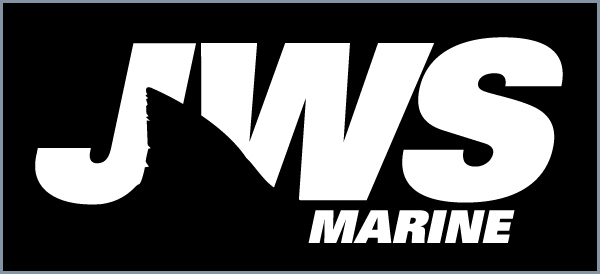Historical Information on the USRC Scout
[Reprint of contents published by WJaccard, SCRET.org June 2008]
In 1897, a 65 foot wooden revenue cutter was built
at Port Townsend to patrol the waters of the Puget
Sound. The boat had a 9 ft. 6 in. beam and 5 ft. 5 in.
draft. She was powered with a compoundexpansion
steam engine, and her main tasks were
to deal with illegal immigration and drug smuggling.
In 1903, another wooden revenue cutter was built at
Astoria to patrol the waters off Oregon. This boat
had a similar design and similar dimensions to the
original Scout, but was reportedly only 62 ft. long.
This revenue cutter was originally powered with a
compound-expansion steam engine, and originally
named “Patrol.”
In 1915, the “Patrol” was completely rebuilt and
equipped with a three-cylinder, 50-horsepower
gasoline engine. At that time, she was renamed
“Scout” and transferred from Astoria to Puget
Sound, where she replaced the original “Scout.”
This new Scout was the fourth motor-powered craft
in Coast Guard service, exclusive of motor tenders
used by the large cutters. She was commanded by
Pilot Benjamin Lichtenberg.
The remains of one of these revenue cutters named
“Scout” are located in Lake Washington, off Yarrow
Point, in approximately 85 feet of water. The
wooden hull rests on its port side. The hull is intact
but empty. The name “Scout” is still legible on the
sides of the hull near the bow. It appears that the
vessel was stripped and then the hull was scuttled.
While we have measured the dimensions of the hull
in the lake, given the similar dimensions of the two
revenue cutters and uncertainty as to how the reported
measurements were taken, we cannot determine
with any certainty which “Scout” is in the lake.



